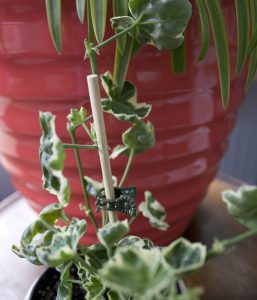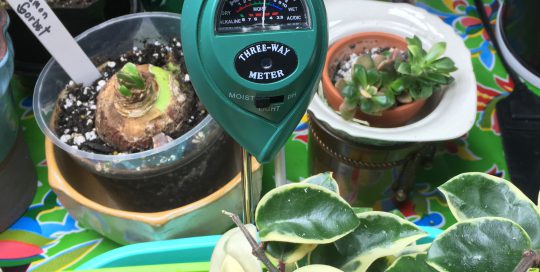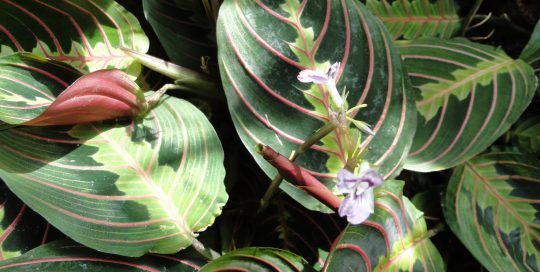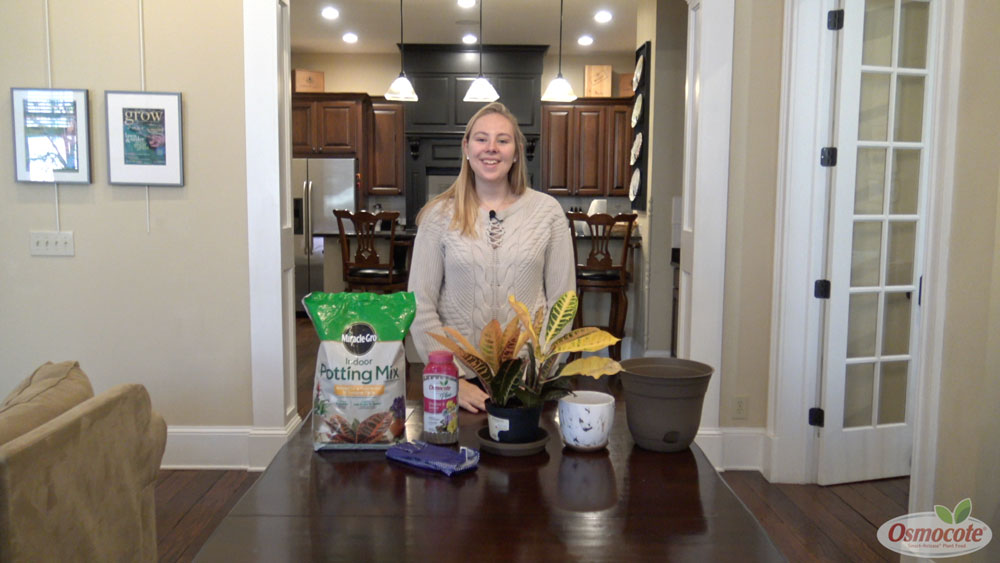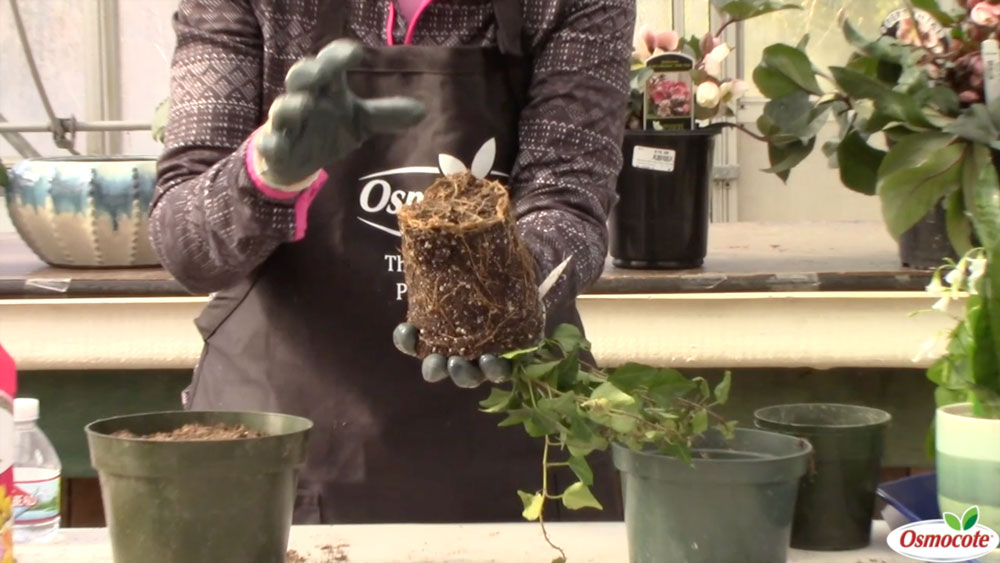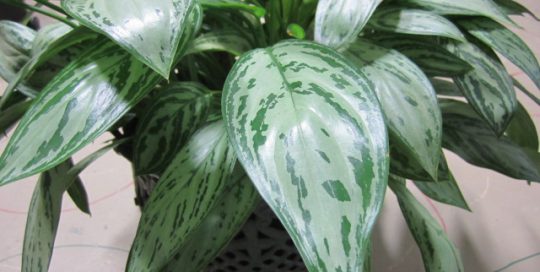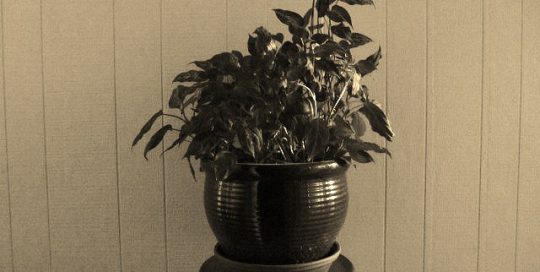-
Pencils (and a sharpener)
They’re perfect for tests, and even more so for indoor gardening. When you’re finished with the test, take that No. 2 pencil (or any other number) home and use it to check moisture levels in your houseplants. Insert a freshly sharpened pencil as close to the bottom of the pot as possible. If the new wood comes up dry, it’s time to water. If it comes up with soil clinging to it, wait awhile. Pencils are also ideal for making holes in the soil for new cuttings.
-
Yogurt or other dairy product containers
Pretty much any container in the dairy aisle can be used as a drip-catcher. I buy my yogurt based partly by its container, which is perfect for 3” pots. These plastic, logo-strewn vessels aren’t pretty, but can catch drips just as well as those thin plastic plant saucers.
-
Needle-nosed pliers
I love the needle-nose pliers I found in the garage. I use them to pick up debris I’ve dropped between those wicked succulent thorns, or even to grab and remove dead leaves that are hard to reach. The long-nosed types are perfect for placing plants and other items into a terrarium (the best kind of indoor gardening).
-
Turkey baster
I lost the first one I cadged from the kitchen, so the turkey baster I’m using now for my houseplants was purchased just for them. I use it to catch overflows, hopefully before flow out of their intended reservoir. It’s happened to me more than once. Even with a drip-catching saucer, I’ve poured in so much water that it starts to spill over. Keep the baster in an empty bottle heavy enough to stand up while not in use. This method works best for larger pots and saucers that are at least an inch deep.
-
Chopsticks, coffee stirrers
These temporary sticks are invaluable for houseplants. When hanging plants are just getting started, they can be clipped to an upright stake so they don’t take up as much space, and so it’s easier to pinch back growth, and keep stems from getting tangled. The sticks also work well for keeping new cuttings from getting knocked around while they’re rooting. I use orchid clips to attach stems to their supports.
